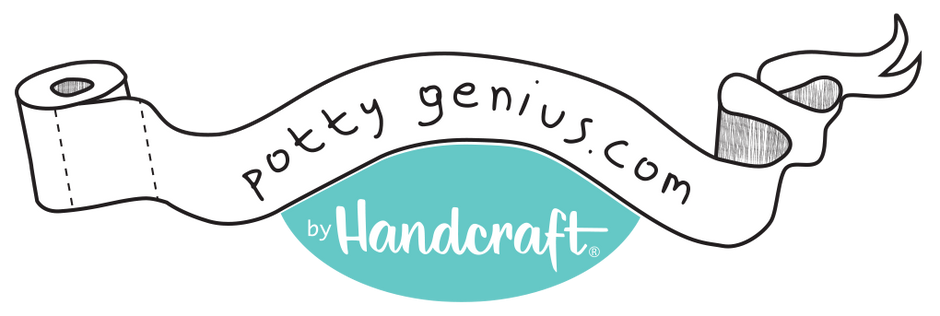Elimination communication, a method for infant potty training is commonly used in tribal communities, hunter-gatherer cultures, and less industrialized societies. It is growing in popularity in the United States, as it helps reduce the economic and environmental impact of disposable diapers. The average American child is out of diapers at around 3 years old, where those that use elimination communication are typically out of diapers by 18 months with some “trained” as early as 6 months.While elimination communication is an important part of infant potty training, it doesn’t actually make a child toilet trained. Infants still can’t get themselves to the potty, undress themselves, wipe, or flush the toilet. That said, elimination communication helps parents and babies communicate so that mom, dad, or another caregiver can get baby to the toilet or other designated area when he needs to eliminate.Parents can begin potty training as early as birth or as late as toddlerhood. But, it is typically easier and less messy to start before the baby is crawling. It can be done full-time or part-time. Some do it at night and when out and about, while others just do it at home while baby is awake.
How to Practice Elimination Communication:
Start by observing: Give your baby diaper-free time on a waterproof mat or towel. To use elimination communication, you have to learn when your baby’s normal potty times are (typically after each feeding and upon waking) and watch for his signals. Observe your baby and notice any cues he gives that let you know he’s about to potty. You can also put your baby in a baby wrap, carrier, or sling to help learn their signals. Many babies will not eliminate when held close, so they will show cues by starting to fuss and show signs they want to be taken out of the carrier and put down to eliminate. Some common signs that a baby is eliminating or needs to eliminate include:- Sudden fussiness.
- Squirming.
- Grunting.
- Passing gas.
- Shaking head from side to side.
- Suddenly getting still.
- Bearing down.
- Crawling toward you or touching diaper (older babies).
Baby Potty Training Tips:
- Put baby in clothing that is easy to remove quickly. Onesies and nightgowns are great options. Chinese parents often put their babies in crotchless pants to make eliminating easier during while potty training an infant.
- Place baby on the potty or other designated elimination area as soon as he wakes up and give your cue for him to eliminate.
- Continue to place baby on the potty throughout the day at designated potty times and after any diaper change to help him get used to the potty and cues.
- Some parents choose to use diapers as backup in case of accidents. Cloth diapers or underwear are preferred over disposable diapers as the child can recognize he is wet, whereas disposable diapers pull the wetness away from the skin.
- Keep a potty training journal for your baby to keep track of signals, cues, struggles, and successes. This is especially helpful for babies who have multiple caregivers.
- Don’t get discouraged if it doesn’t work for you or if it takes longer than expected. Infant potty training initially takes more time and attention. It may be difficult for working parents who can’t spend a lot of time with baby or who have the child in daycare, as most daycare providers will not practice elimination communication.
Additional Potty Training Resources:
How to Potty Train Without Elimination Communication

